Book of the Week: Wallace’s Second Place Finish
History never looks too kindly on second place. Neil Armstrong rolls off the tongue as the first man to walk on the moon, but most people hesitate at Buzz Aldrin. Mack Robinson came from a famously athletic family–older brother to Jackie Robinson–and broke the 200-meter world record in the 1936 Olympics. Of course his name is merely the answer to an obscure trivia question as he didn’t win the gold, second only to Jesse Owens. Charles Darwin is so closely associated with evolution and natural selection that his name literally serves as a synonym for the theory. And yet, if only for a slight flap of a butterfly’s wing, we might refer to the transmutation of species as Wallacinian and Alfred Russel Wallace would have gone down in history as the founder of evolution.
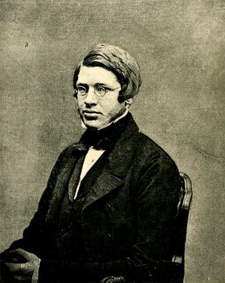 |
| Alfred Russel Wallace, doesn’t think Wallacinian sounds that bad |
Instead, Wallace is remembered today–if remembered at all–as the man second place to Darwin. But here at the BHL, we recognize Wallace as the naturalist, explorer, geographer, anthropologist, biologist, environmentalist and human rights advocate that he was. The man who, independently of Darwin, arrived to the same conclusion on the origin of species. To honor this somewhat neglected legacy on the 100th anniversary of his death, the BHL has dedicated this week, and this week’s book of the week post, to highlighting our collection of Wallace writings, discoveries and contributions to our understanding of the natural world. To give Wallace the defining word on his role in history, we turn to the description of his life penned by Wallace himself, My life: a record of events and opinions.
In this autobiographical work, Wallace traces his heritage, details his troubled childhood, recounts his early adventures and subsequent publications, and chronicles his transition to advocate and spiritualist–all through correspondence and recollections in his own words. Born to a large family of limited means in Hertfordshire, England, Wallace did not receive much formal education as his family couldn’t afford the demands of tuition. Instead, he was sent to live with his brother and apprentice as a railway surveyor, which–during the railroad boom of the 1830s–was a decent career.
However, young Wallace was not satisfied merely earning a living. He became fascinated by natural history, and through his self-education crossed paths with Henry Walter Bates. Bates was at 19 a published beetle expert and interested in adventure. The two resourceful young men decided to organize an expedition to the Amazon, selling specimens to make ends meet.
The trip did not go well for Wallace. Almost immediately Wallace and Bates separated, and Wallace headed east on the Rio Negro. Wallace relied entirely on native populations for guides, but locals were scarce and escorts rare, “this combined to render my numerous journeys in this almost totally unknown region comparatively unproductive in birds and insects.”
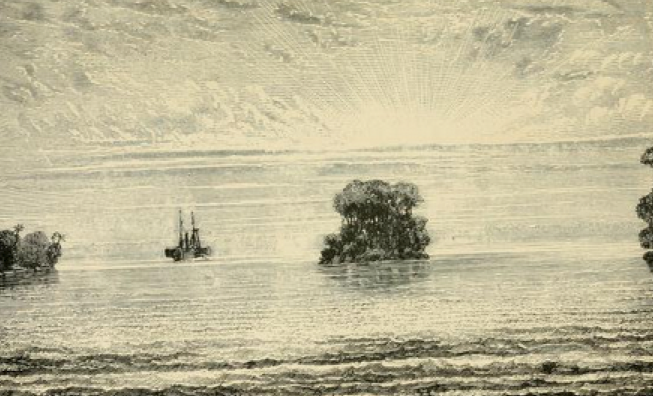 |
| An illustration of the Rio Negro from Wallace’s “A narrative of travels on the Amazon and Rio Negro” |
Wallace spent four years in the Amazon, and while his luck in finding “miscellaneous collections” increased, luck in other areas did not. Wallace’s health suffered by a “succession of fevers and dysentery.” His younger brother, Herbert, joined him to help, and within five months, Herbert contracted yellow fever, dying within a few days. Wallace decided to return to England and recounted what happened on the voyage home:
On Friday…about nine in the morning, just after breakfast, Captain Turner, who was half-owner of the vessel, came into the cabin, and said, ‘I’m afraid the ship’s on fire. Come and see what you think of it.’…All hands were at once ordered into the boats…We lay near the ship all afternoon, watching the progress of the flames…[The boat] now presented a magnificent and awful sight as it rolled over, looking like a huge caldron of fire, the whole cargo of rubber, etc., forming a liquid burning mass at the bottom…we bade adieu to the Helen, now burnt down to the water’s edge…My collections, however, were in the hold, and were irretrievably lost. And now I began to think that almost all the reward of my four years of privation and danger was lost.
Wallace and the crew spent 10 days at sea before being rescued by a boat that itself barely made it back to shore.
Even without his collection of specimens that took four years to collect, Wallace published an account of his Amazon travels 18 months later, to little fanfare and much criticism. Undefeated, Wallace once again ventured into the field, this time to Southeast Asia for eight years. The result was an 1855 paper titled, “On the Law Which Has Regulated the Introduction of New Species,” outlining an introductory description of the theory of evolution. Much like his previous work, the article was a flop.
Three years later, Wallace found himself on an island in the Moluccas. Once again, he was destitute and attempting to make ends meet by selling his specimens. During his travels he contracted malaria, and in a feverish state, made a connection that lead to a manuscript detailing the principle of natural selection. Wallace had previously sent all his works directly to publishers. This time, he wanted a peer to review it first and sent it to someone he considered a mentor after beginning a correspondence following his last publication. That is, he sent it to Charles Darwin.
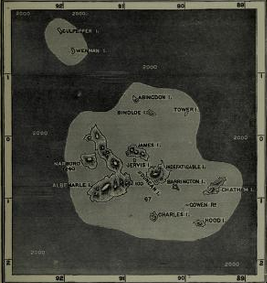 |
| Wallace’s map of the Galapagos Islands from his work, “Island Life” |
Now imagine for a moment you are Darwin. Having worked on a theory for the last 20 years, Darwin had yet to publish anything. He receives this 20-page manuscript from a young acquaintance detailing his life’s work. “All my originality,” he wrote to his friend, geologist Charles Lyell, “will be smashed.” He considered publishing a summary of his own writing but continued, “I would far rather burn my whole book than that [Wallace] or any man should think that I had behaved in a paltry spirit.”
Instead, Darwin, Lyell and the botanist Joseph Hooker hastily arranged a reading of both Darwin and Wallace’s works before the Linnean Society on July 1, 1858. A year later, On the Origin of Species was published and the rest is history.
|
|
|
For Wallace’s part, he was never bitter about the lack of recognition. He embraced Darwin’s success almost as his own, writing, “Some…declare that I am more Darwinian than Darwin himself…and they are not far wrong.” Wallace became a part of the scientific elite and took pride in that fact:
I think, therefore, that I may have the satisfaction of knowing that by writing my article and sending it to Darwin, I was the unconscious means of leading him to concentrate himself on the task of drawing up what he termed ‘an abstract’ of the great work he had in preparation, but which was really a large and carefully written volume–the celebrated ‘Origin of Species.’
Darwin dedicated the rest of his life expounding and building upon “Origin.” Wallace went on to publish some 22 full-length books and almost 800 articles, only some focusing on his scientific achievements. He branched out to write on subjects varying from his embrace of spiritualism to land nationalization to dangerous working conditions for the urban poor. He advocated for the education of women “so that they are rendered independent of marriage as a means of gaining a home and a living,” and is considered one of the first scientists to raise concerns over the impact humans have on the environment.
Wallace is not the prominent figure that Darwin is, and his name is not representative of the theory that he described and advanced. But he was satisfied with the contributions he made to the field and didn’t define his life by the recognition that he could have received had he published first. And who says there’s no room in history for second place?
If you’re interested in Wallace’s compelling life story, learn more about his works as the BHL celebrates Wallace all this week. Check out some of his writings in our Wallace iTunes U collection or our previous book of the week post on Wallace’s The Malay Archipelago.
Want to learn more about the life and work of Alfred Russel Wallace? See this fantastic website containing biographical information, FAQ’s, links to his letters and the Wallace100 campaign sponsored by our partners The Natural History Museum, London.
References:
- Conniff, R. (2008, June). On the Origin of a Theory. The Smithsonian Magazine. Retrieved from http://www.smithsonianmag.com/science-nature/presence-darwin.html
- Garrity, L. (2009, Jan 22). Out of Darwin’s Shadow. Smithsonian.com. Retrieved from http://www.smithsonianmag.com/science-nature/Out-of-Darwins-Shadow.html



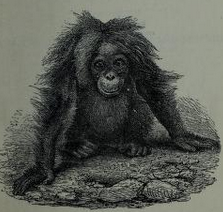
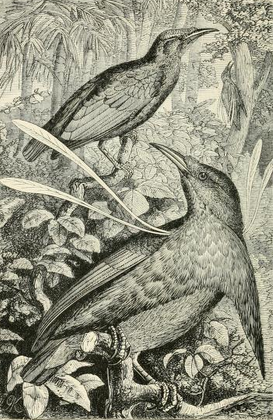



Leave a Comment